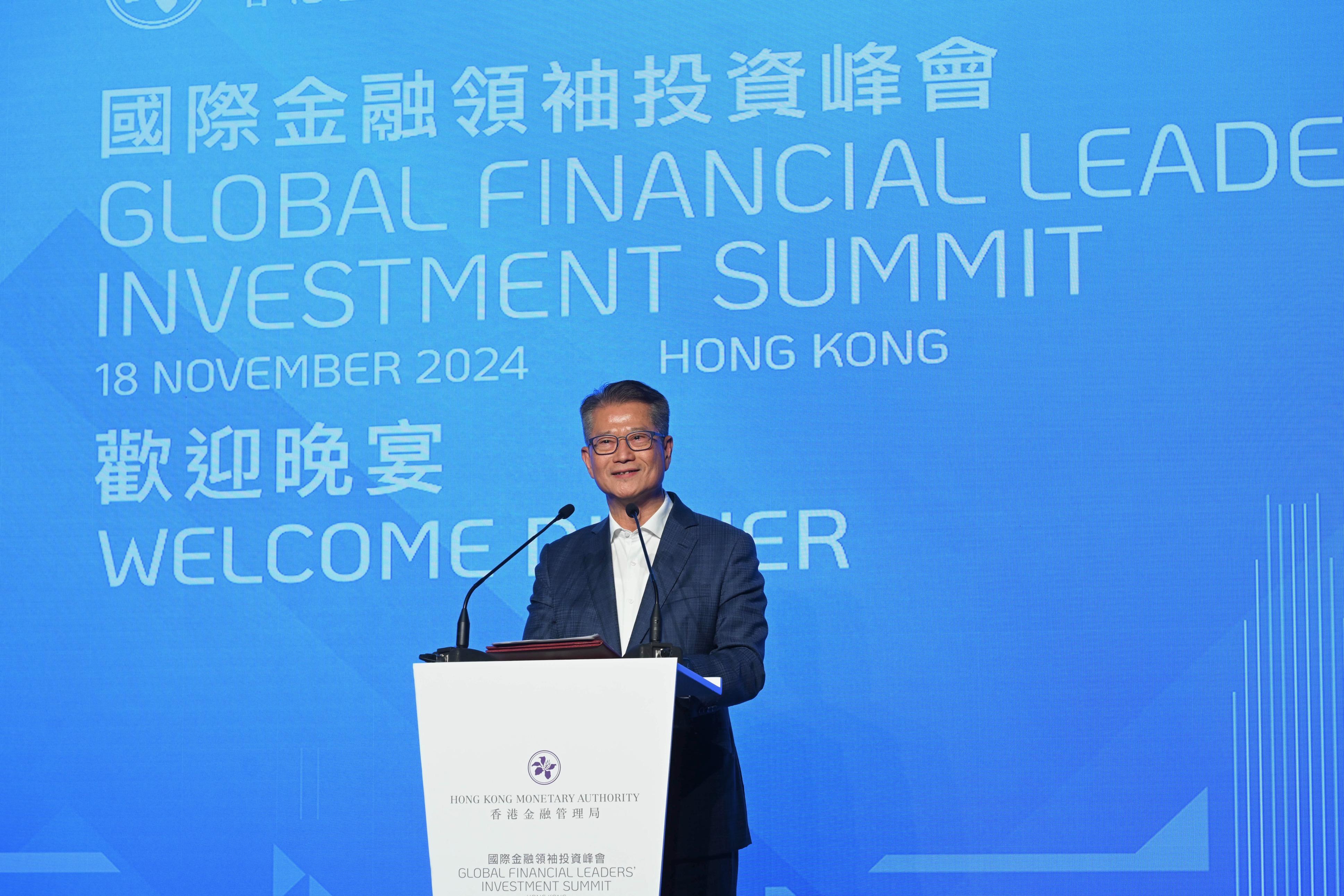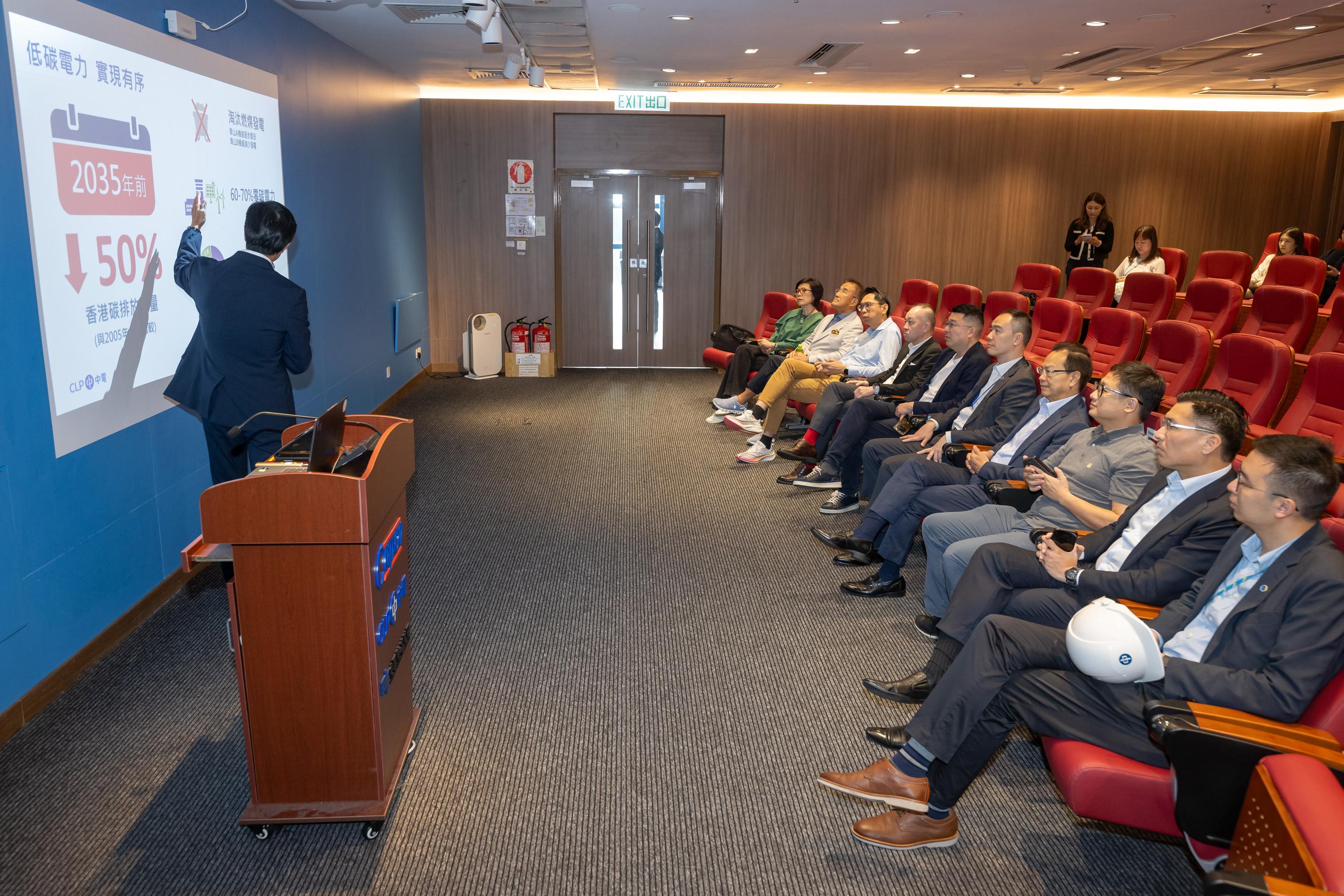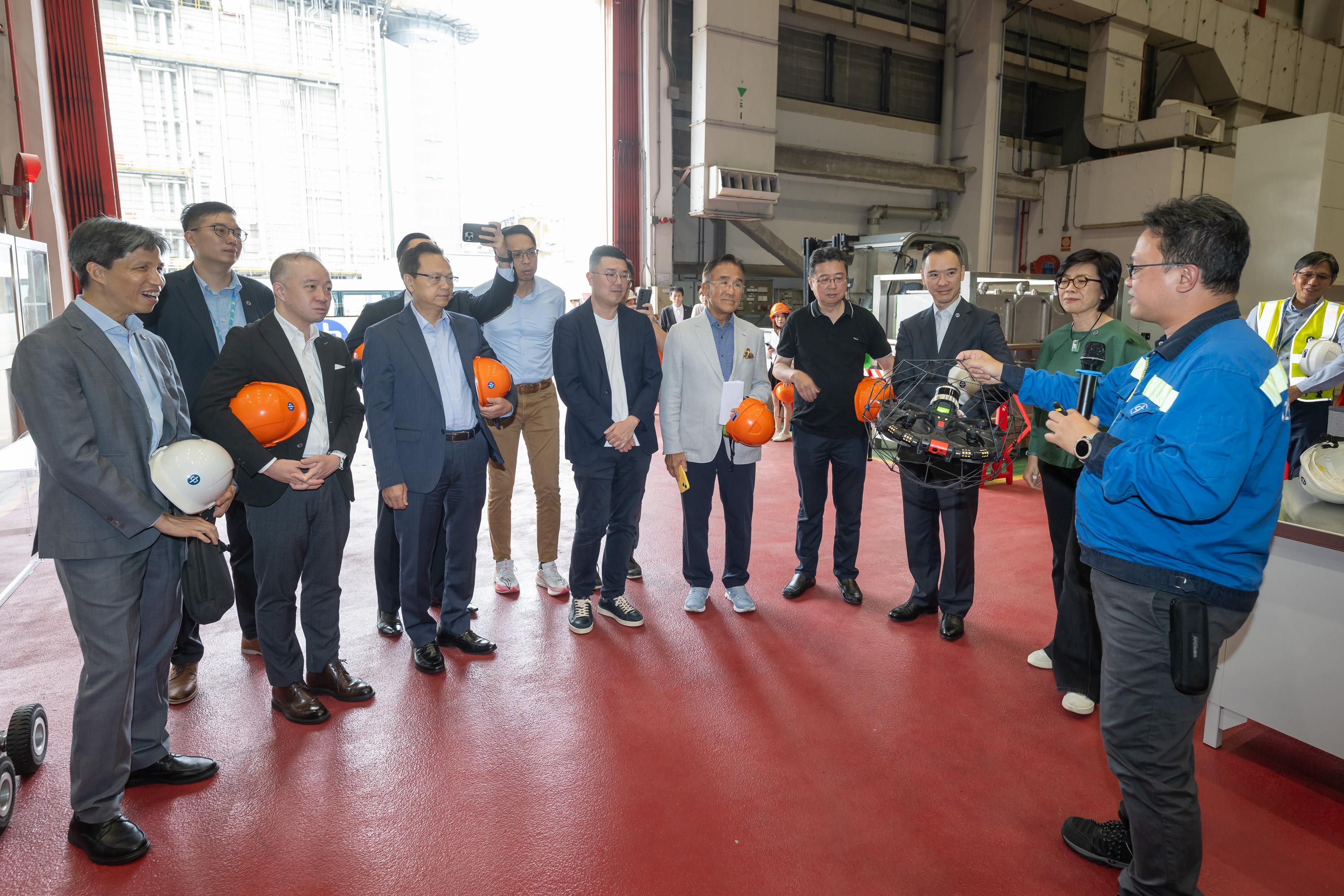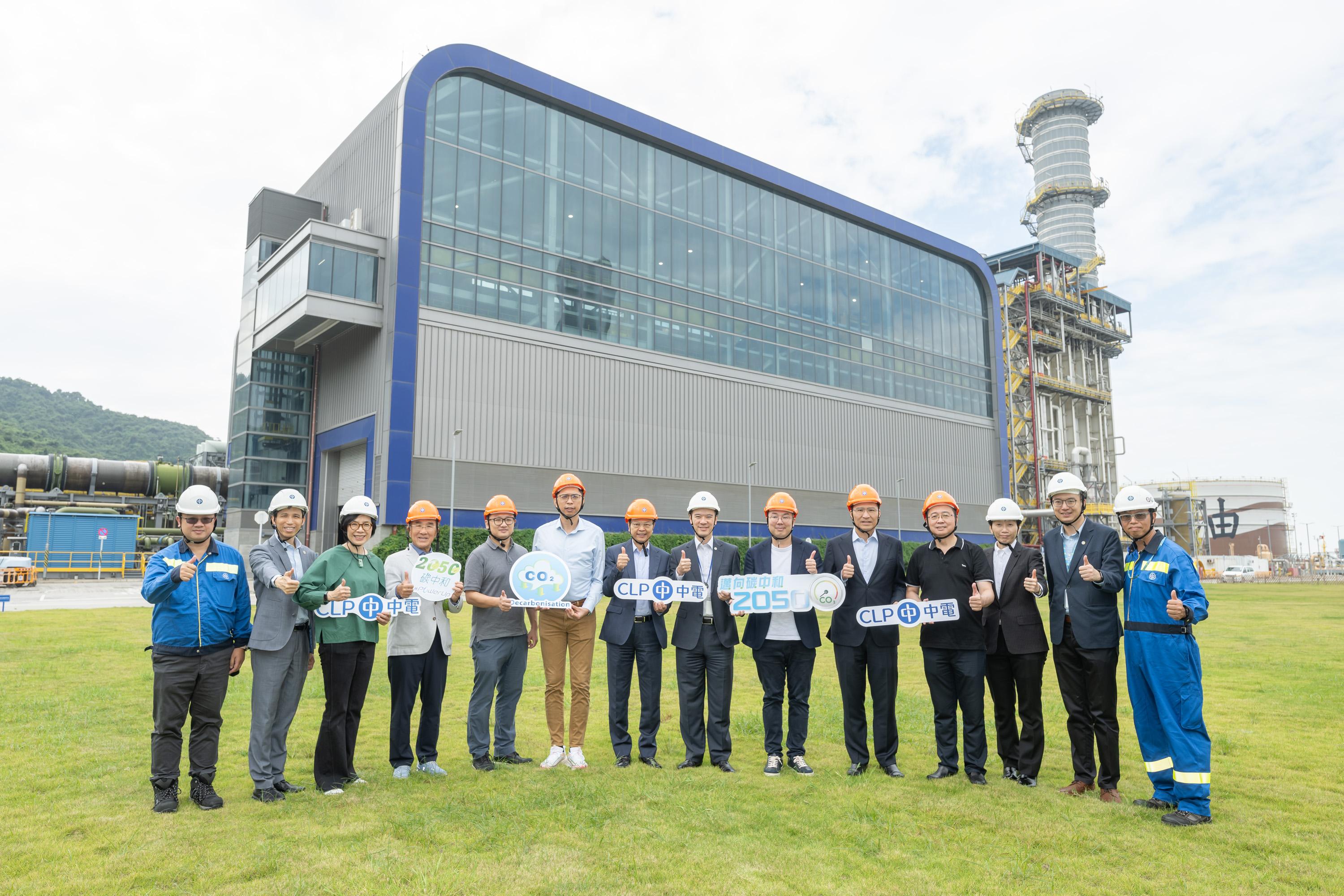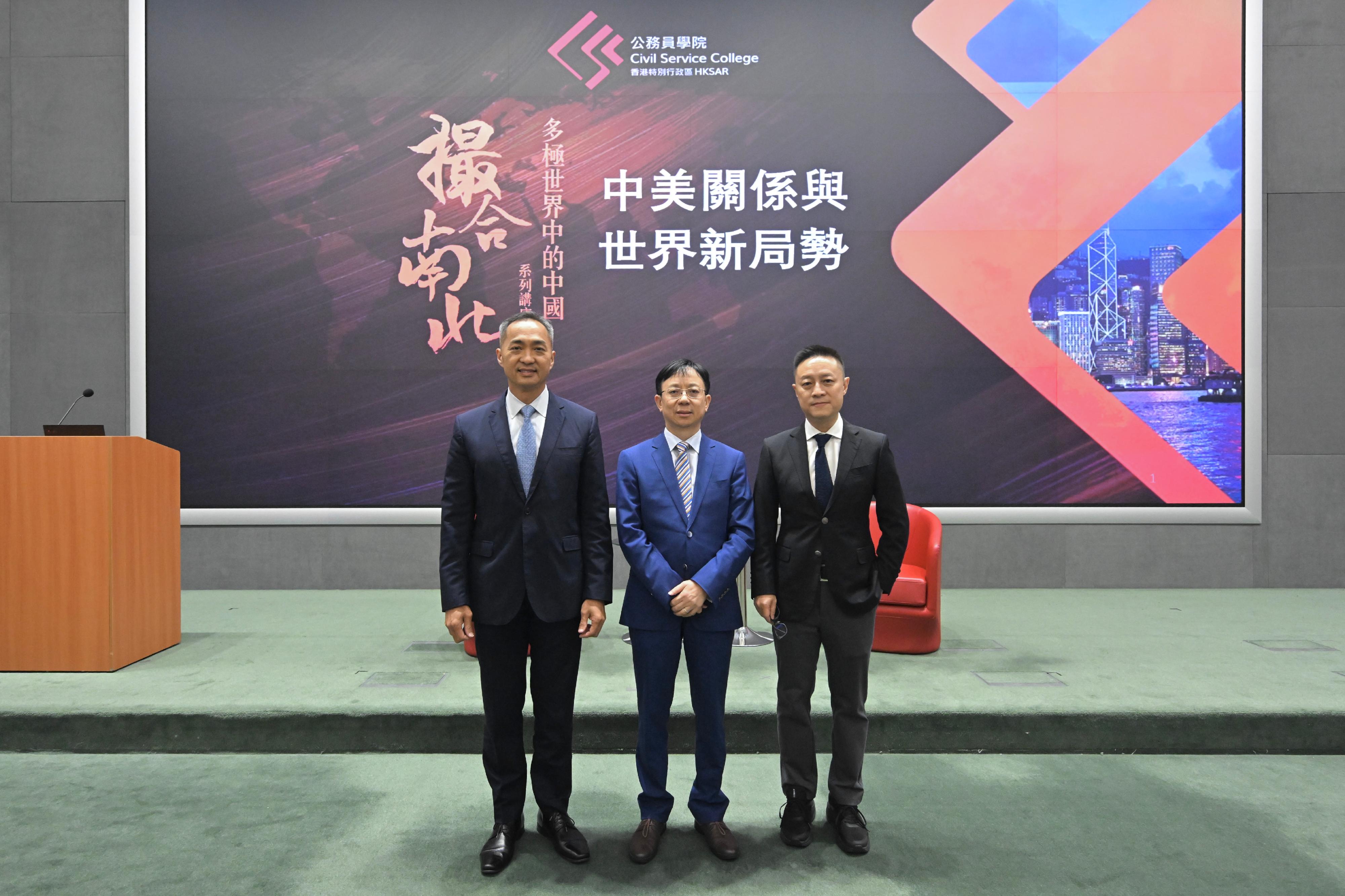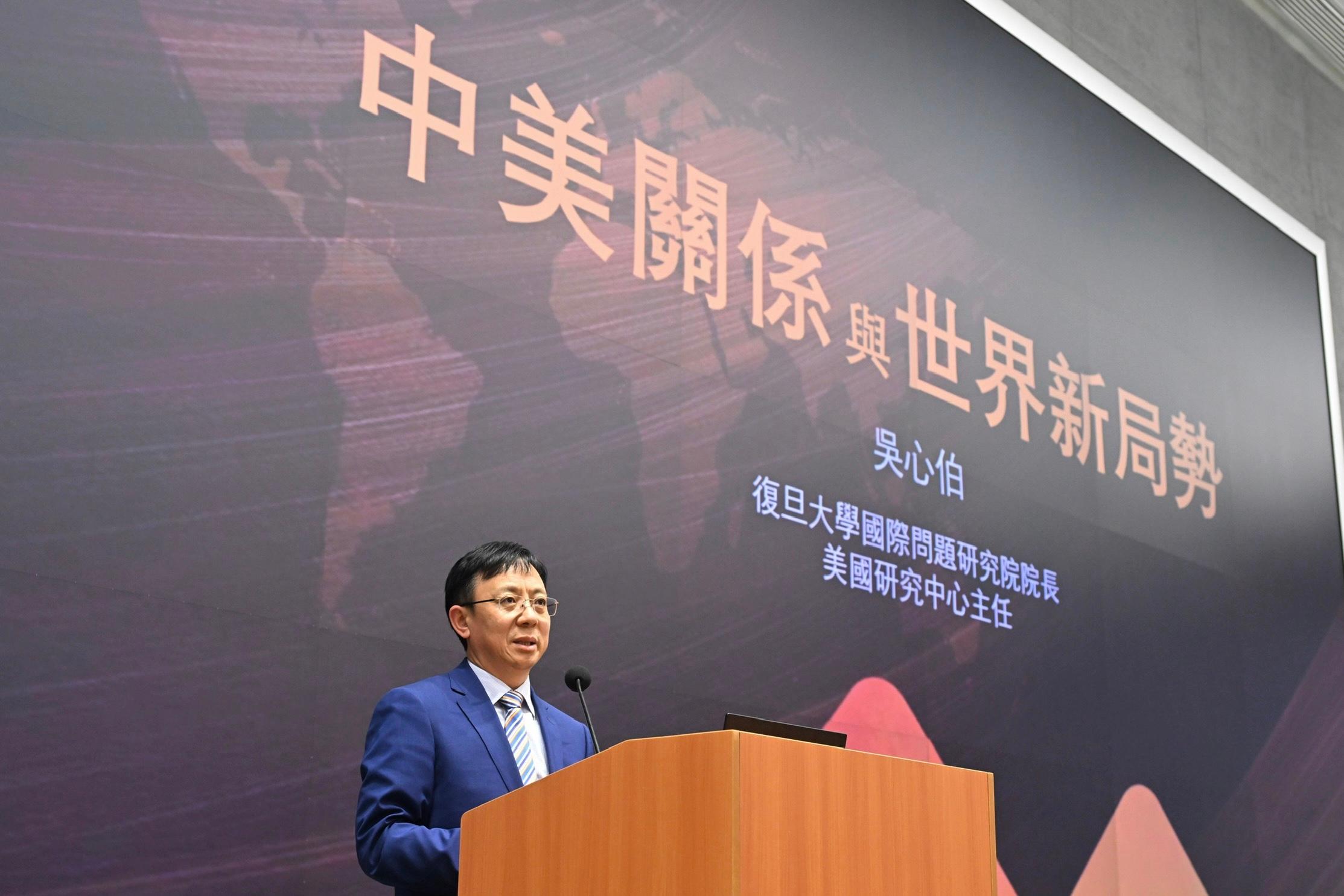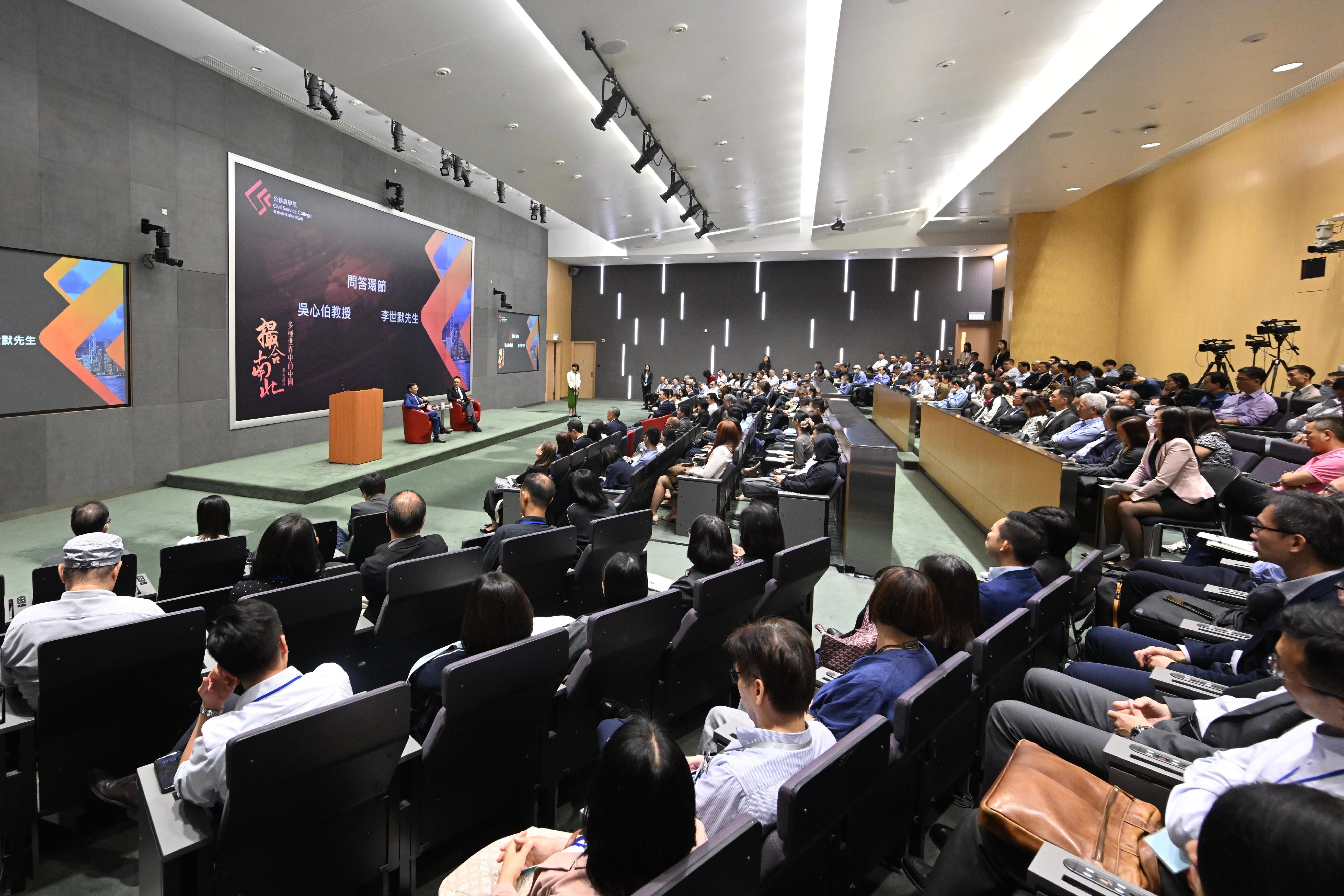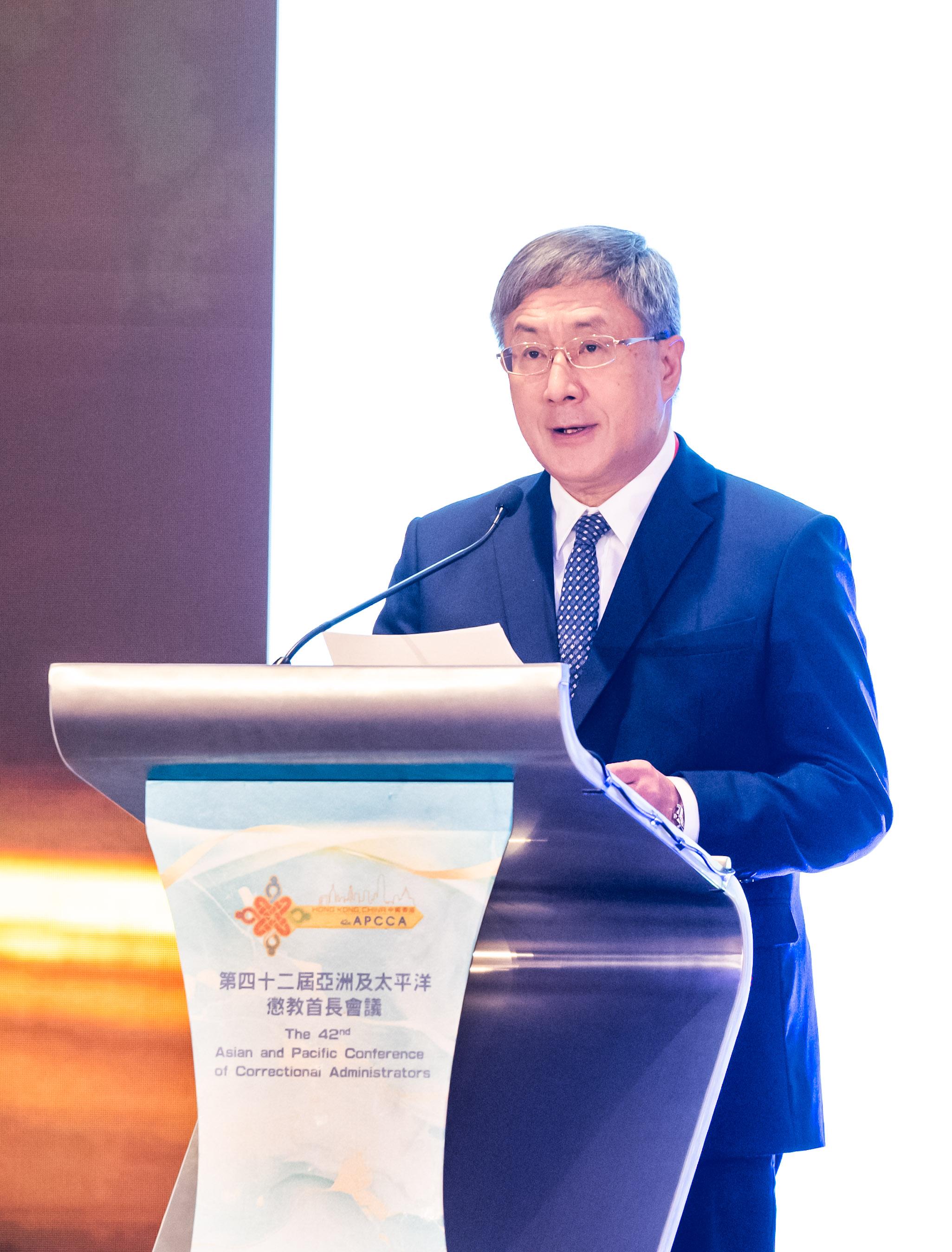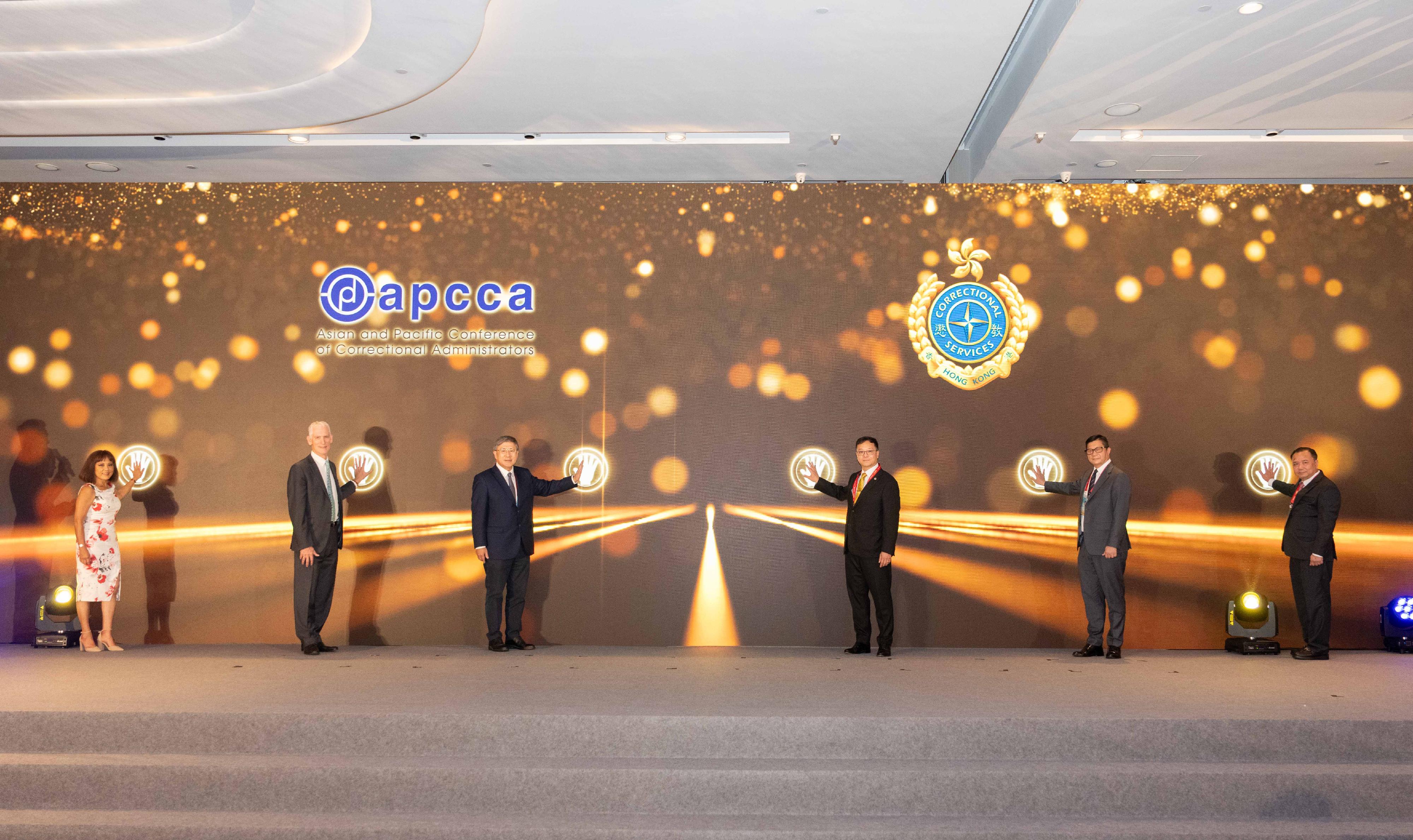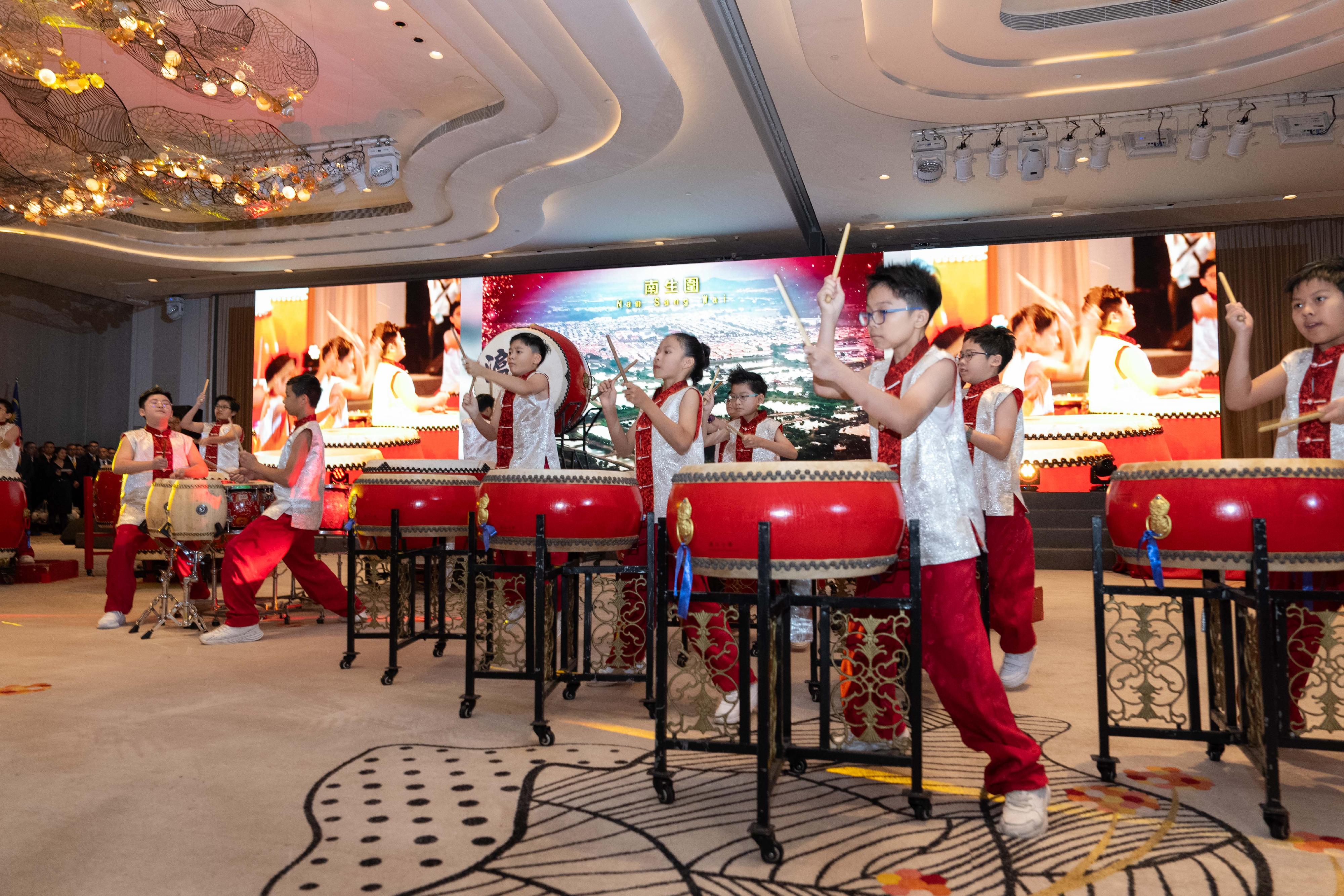Speech by FS at 2024 Global Financial Leaders’ Investment Summit Welcome Dinner (English only) (with photo)
Following is the speech by the Financial Secretary, Mr Paul Chan, at the 2024 Global Financial Leaders' Investment Summit Welcome Dinner today (November 18):
Eddie (Chief Executive of the Hong Kong Monetary Authority, Mr Eddie Yue), distinguished guests, ladies and gentlemen,
Good evening.
It's a pleasure to be here, with you, tonight, at the welcome dinner for this year's Global Financial Leaders' Investment Summit.
I hope you enjoyed this evening's innovatively arranged East-West dinner as well as entertainment. The culinary delights, paired with the enchanting performances, are meant to bring you a refreshing experience with a unique blend of East and West cultures.
But above all, it is your very presence that is the vital ingredient that truly brings out this international flavour, infusing the evening, and indeed our Summit, with a rich tapestry of diversity and warmth.
Because, of course, this is a "global" summit – an East-West coming together here in Hong Kong – and has been since the first edition, two years ago.
And because Hong Kong, thanks to the "one country, two systems" principle, is a global financial centre, a "super connector" bridging East and West: in business, trade and finance, in culture and education, and in the people of Hong Kong, who make it all happen.
Tonight's venue, Cloud 39 at The Henderson, reflects the boundless promise that unique reality presents. This stunning new addition to Hong Kong's skyline offers more than sweeping, 270-degree views. With its curved façade, inspired by the bauhinia flower, it encapsulates Hong Kong: our innovation, our longstanding resilience and our singular identity.
"Sailing through Changes" is the apt and timely theme of this year's Summit. When the wind is good, the sailing is breezy – a buoyant sport and rewarding pastime. But in times like today's – with our world shaped and reshaped by macroeconomic shifts, the unceasing advances of technology and geopolitical ruptures, the sailing can be bumpy and fraught with uncertainty.
Globally, elections impacted more than half the world's population this year. The results will recast political and economic landscapes for the foreseeable future.
They will influence trade and investment flows and financial and political policy. Navigating these, and other uncharted waters, will require determined and interconnected financial systems – demand co-operation and collaboration rooted in multilateralism rather than isolationism.
That's where tomorrow's Summit comes in. Where you come in. I'm confident that, working together, we can explore, and respond to, the latest trends and concerns shaping finance. That we can forge the partnerships, East and West, that will help us build a mutually rewarding and sustainable future.
My thanks to the Hong Kong Monetary Authority for organising this year's Summit. I'm grateful, too, to all the many supporting organisations involved.
And, of course, my gratitude to each of you for making this year's Hong Kong Summit an essential global gathering.
Ladies and gentlemen, I wish you the best of business and investment, and an enjoyable stay in Hong Kong, this lovable Asia's world city.
Thank you.
